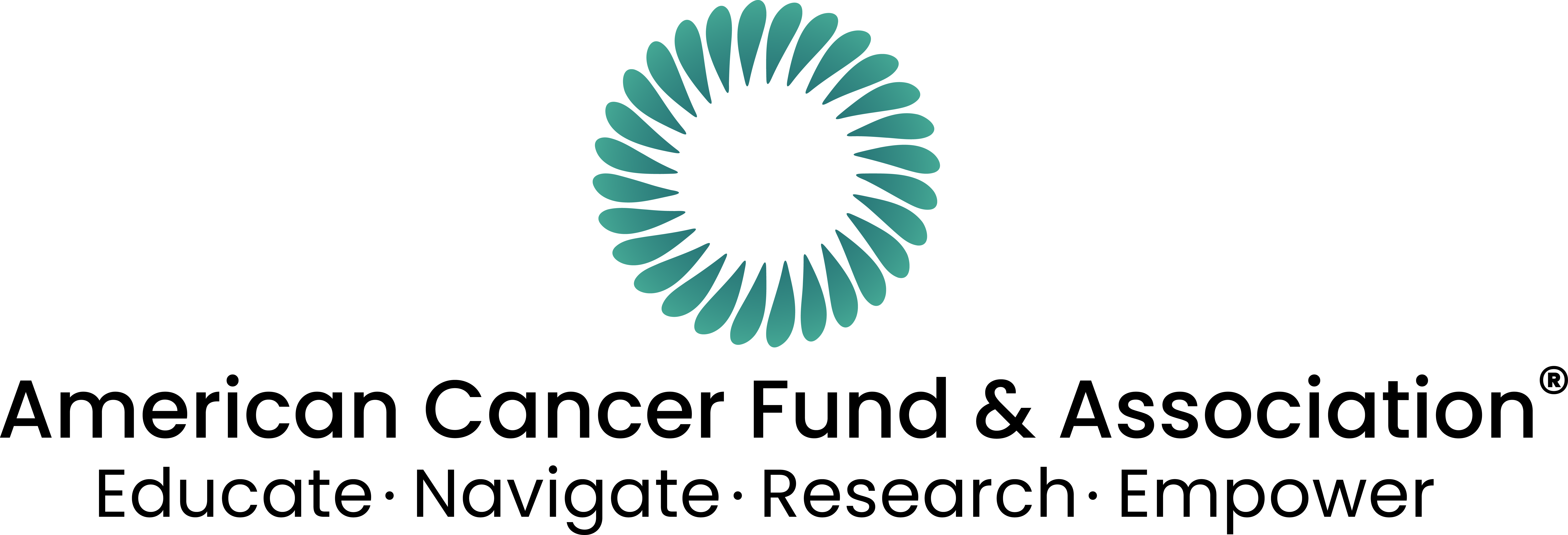Some cancer risks don’t make the headlines but could be affecting you daily. Learn about hidden dangers in habits, diet, and the environment, and how to reduce your risk.
Are You Overlooking These Hidden Cancer Risks?
When most people think about cancer prevention, they focus on the usual suspects: smoking, sun exposure, and genetics. But what about the risks that fly under the radar? Researchers are uncovering surprising connections between everyday habits, environmental exposures, and cancer risk. From sitting too much to chemicals in personal care products, these overlooked factors might be affecting your health more than you realize. Here’s what you need to know and what you can do about it.
Daily Habits That May Raise Cancer Risk
1. Sitting Too Much
Even if you hit the gym daily, long periods of sitting can still put you at risk. Studies have linked excessive sitting to higher chances of developing colon, breast, and endometrial cancer. Prolonged inactivity slows metabolism and affects how the body processes insulin, leading to inflammation.
Quick Fix: Set a timer to stand and stretch every 30 minutes. Short walks or standing desks can also help counteract the effects of prolonged sitting.
2. Alcohol Consumption (Even in Moderation)
Most people know that heavy drinking is bad for health, but even light to moderate alcohol intake has been linked to increased risks of breast, esophageal, and liver cancer. Alcohol can damage DNA and affect hormone levels, both of which contribute to cancer development.
Quick Fix: Reduce alcohol intake or switch to non-alcoholic alternatives. If you drink, limit intake to no more than one drink per day for women and two for men.
3. Ultra-Processed Foods and Artificial Additives
Processed foods are convenient but often contain additives, preservatives, and emulsifiers that may promote inflammation and gut microbiome imbalance. Some research suggests that high consumption of ultra-processed foods is linked to increased risks of colorectal and other cancers.
Quick Fix: Opt for whole, minimally processed foods. Read ingredient labels and avoid products with long lists of unrecognizable chemicals.
Environmental Exposures You Should Know
Household Cleaning Products and Air Fresheners
That familiar “clean” scent might come at a cost. Many household cleaners and air fresheners contain volatile organic compounds (VOCs) and endocrine disruptors that have been linked to cancer. Repeated exposure, especially in poorly ventilated areas, may increase risk.
Quick Fix: Switch to fragrance-free or natural cleaning products. Open windows while cleaning to improve ventilation.
Microplastics in Food and Water
Microplastics are now found in human blood, organs, and even breast milk. While research on their health effects is still evolving, some scientists believe these tiny plastic particles could trigger inflammation and long-term health risks, including cancer.
Quick Fix: Use glass or stainless steel containers for food storage. Choose filtered water over bottled when possible, and avoid microwaving food in plastic.
Chemical Hair Treatments and Dyes
Some hair dyes and straightening treatments contain chemicals that may be linked to increased risks of breast and bladder cancer. The concern is highest for frequent, long-term users and professionals regularly exposed to these products.
Quick Fix: Choose ammonia-free or plant-based hair dyes. Reduce the frequency of chemical treatments and ensure good ventilation when using them.
How to Reduce Your Risk of Cancer
- Move regularly throughout the day—stand, stretch, and take short walks.
- Cut back on alcohol and opt for healthier alternatives.
- Prioritize whole foods and reduce ultra-processed food intake.
- Use natural or fragrance-free cleaning and personal care products.
- Stay informed about emerging cancer risk factors and take proactive steps.
Small, consistent changes can make a big difference in lowering your cancer risk over time. If you're concerned about specific exposures or risks, talk to your doctor about lifestyle adjustments and cancer screenings.

